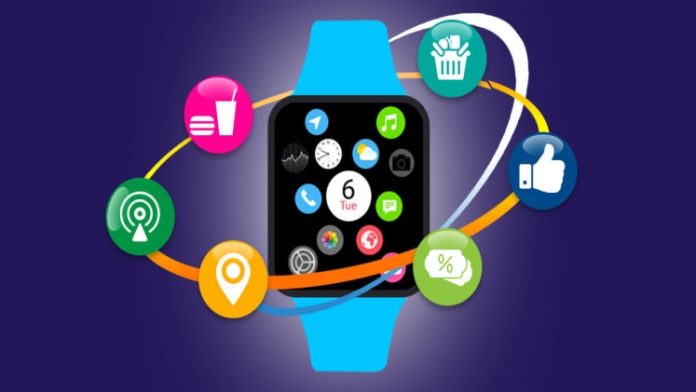- Understand the Platform: Before embarking on the development of a wearable app, it is important to understand the capabilities of the chosen platform. For mypba example, Google’s Wear OS offers a range of hardware capabilities and support for different types of sensors and communications protocols. It is important to familiarize yourself with these capabilities, as they can affect the design of the app and the user experience.
2. Design for Wearable Devices: Designing for wearable devices can be different from designing for traditional barder mobile devices. Wearable devices are typically smaller and have limited screen real estate, so it is important to consider the user experience and design an app that is optimized for wearables.
3. Design for Limited Battery Life: Battery life is a key consideration when developing an app for wearables. Wearable devices typically have limited battery life, so it is important to design the app to be as efficient as possible in order to maximize the battery life. This may involve limiting the number of features, reducing the number of background services, and minimizing data usage.
4. Test on Actual Devices: It is important to test jigaboo the app on actual wearable devices in order to ensure that it works as expected. This will help identify any potential issues before releasing the app to the public.
5. Collect User Feedback: Once the app is released, it is important to collect feedback from users in order to identify any potential issues or areas for improvement. This feedback can be used to make changes to the app in order to improve the user experience. - Inspect Logs: Logging precipitous is a common practice used to identify and troubleshoot errors in software development. Inspecting the logs of a mobile app is an efficient way to detect any errors and debug them.
2. Use Emulators and Simulators: Mobile app emulators and simulators are powerful tools that allow you to test the app on a virtual device. This allows distresses you to identify any bugs or errors that may occur on a specific device.
3. Monitor Performance: Performance testing is essential for optimizing the user experience of a mobile app. Monitoring the performance of a mobile app can help you identify potential issues, such as slow response times or memory web series review.
Best Practices for Developing an App for Wearables

